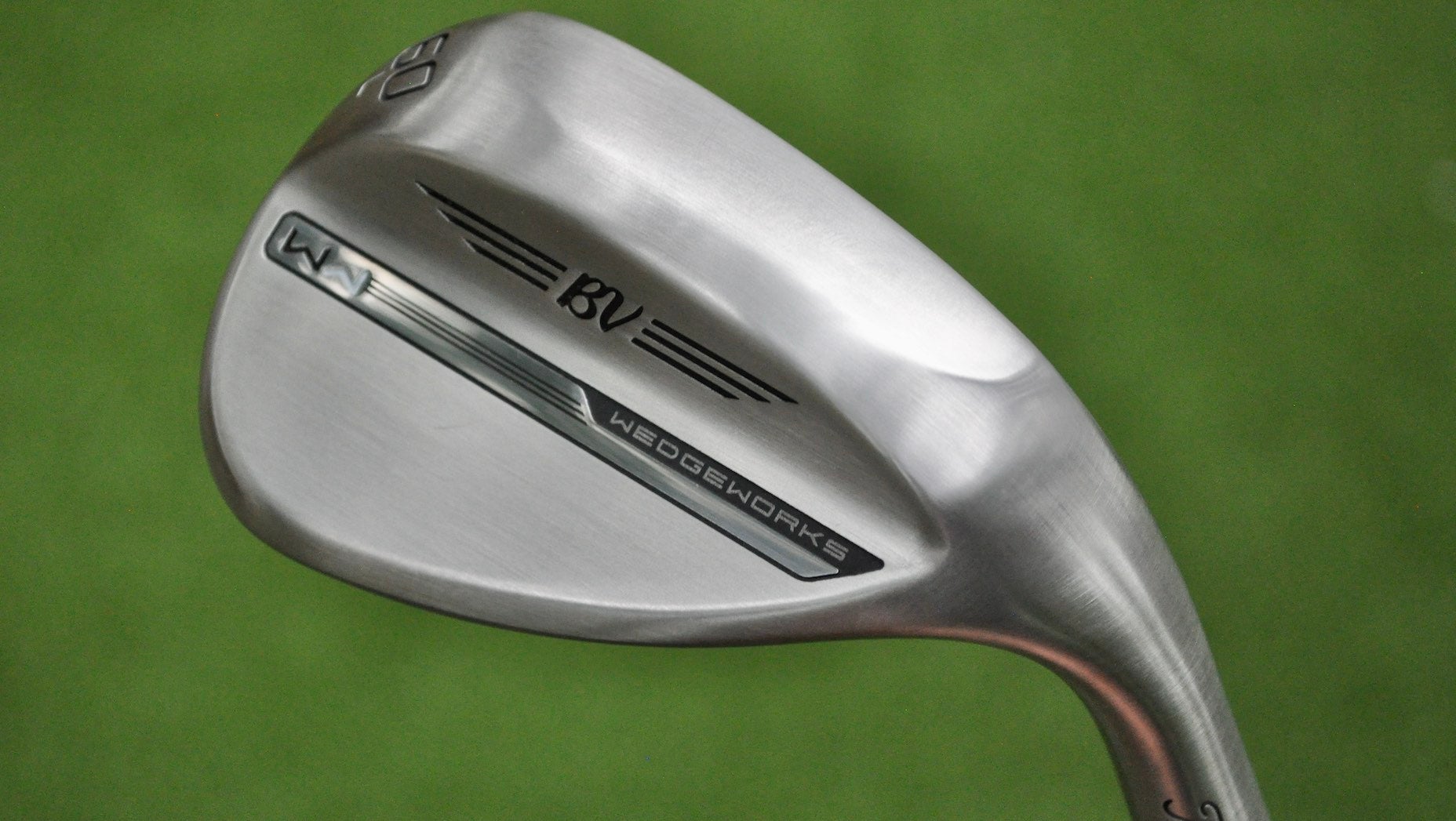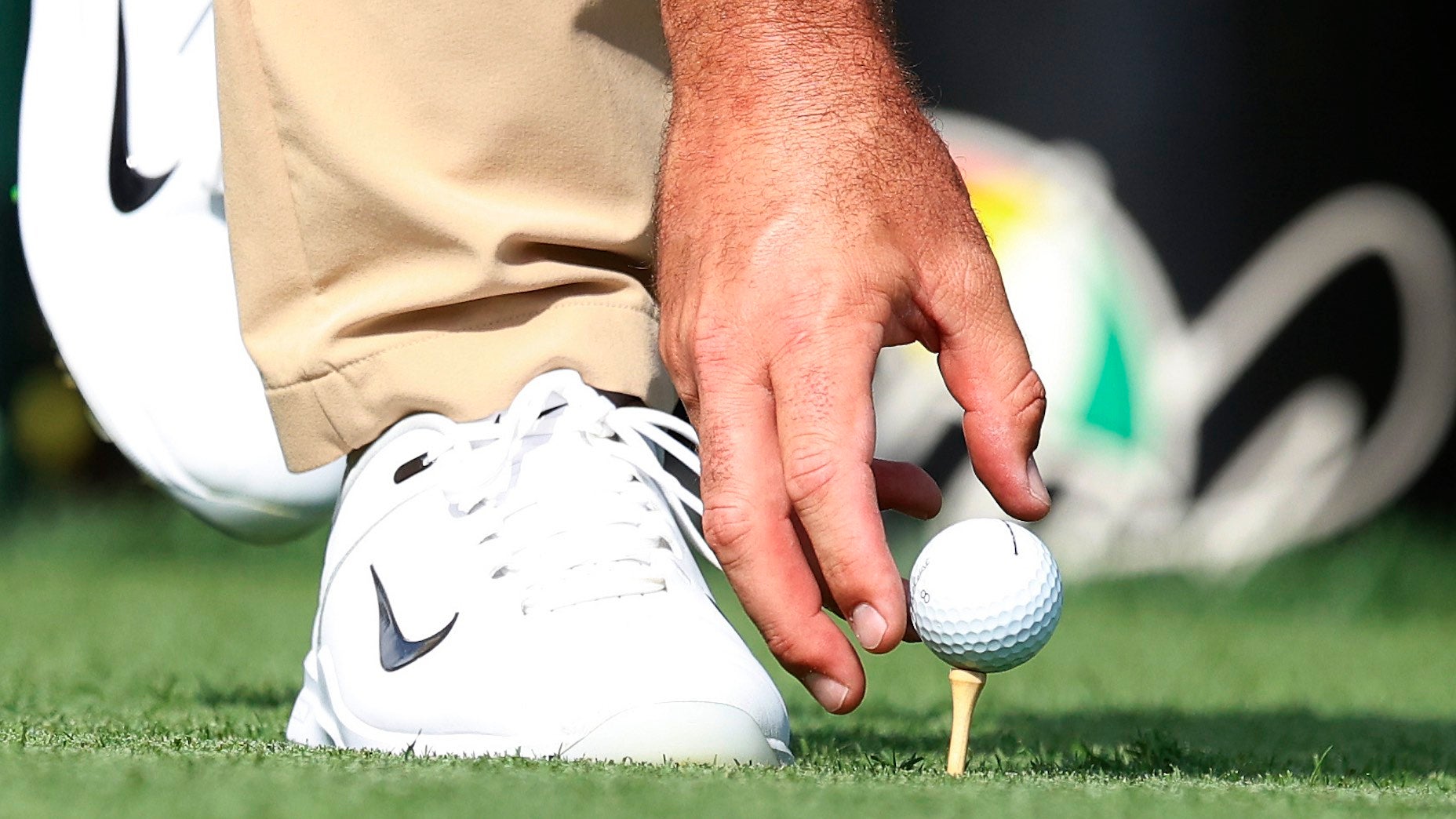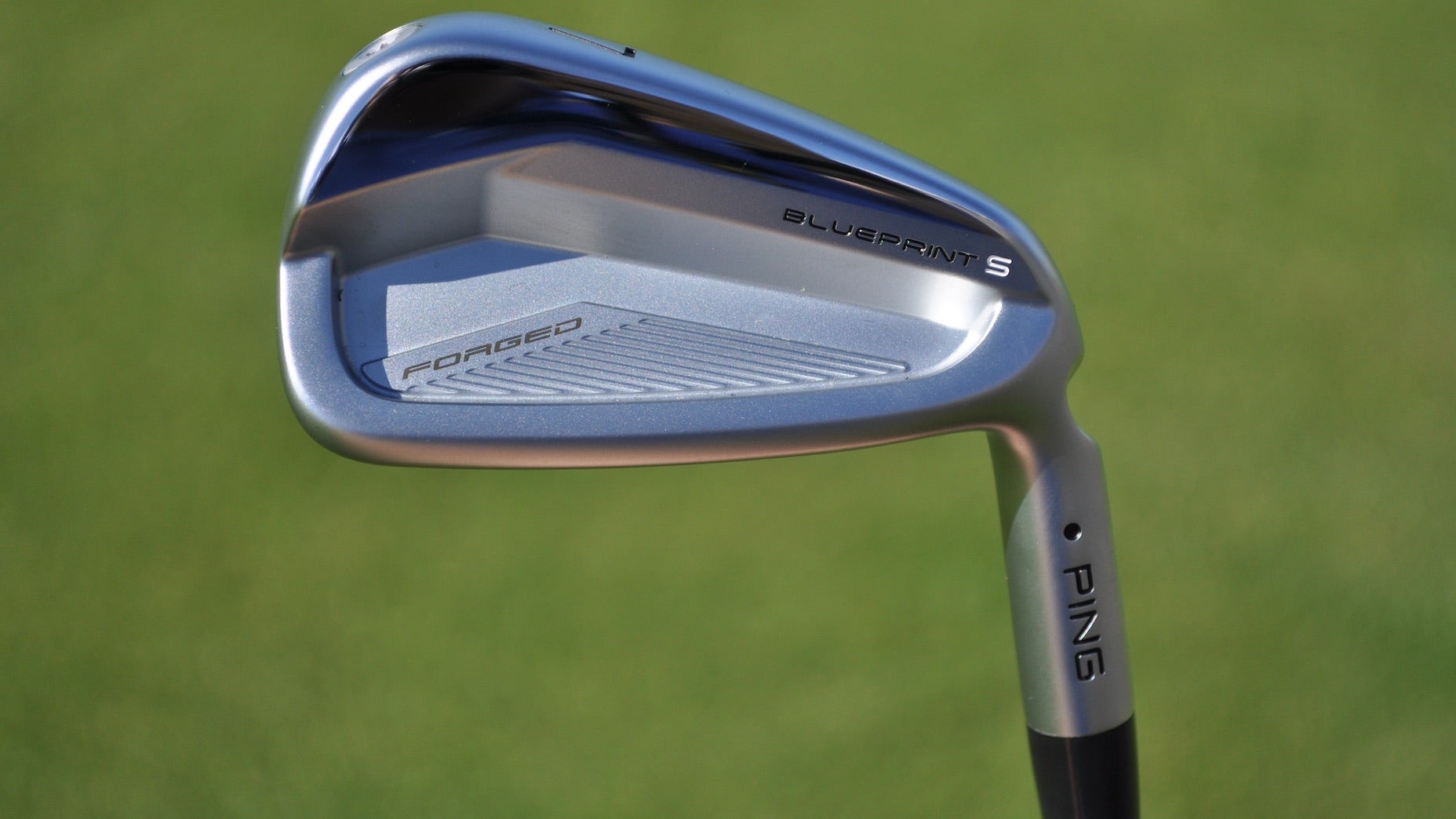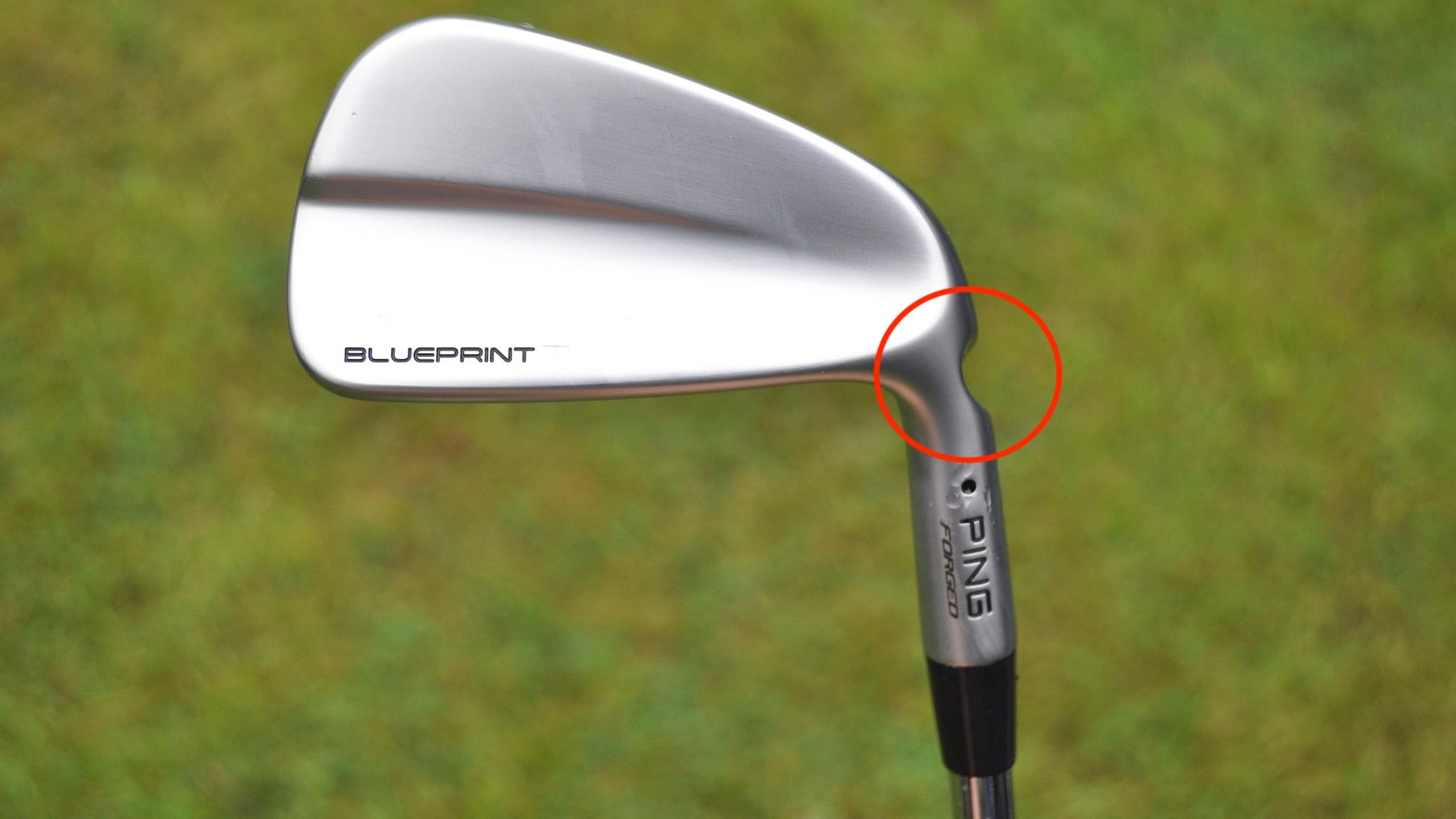Welcome to another edition of the Fully Equipped Mailbag, sponsored by Cleveland/Srixon Golf, an interactive GOLF.com series in which we field your hard-hitting gear questions.
Should all my clubs have the same lie angle? — Adam B., Arizona
Let’s go to school first and make sure we all know what lie angle is and how it works. Simply put, lie angle refers to the angle of the shaft relative to the ground when the sole of the clubhead rest squarely on the ground. The more vertical the shaft, the more upright the lie. The lower the shaft, the flatter the lie. Easy stuff, right?
You probably already know that, but based on your question, I’m about to drop some knowledge that I don’t think you’ve realized yet. Your clubs, which include your driver through your wedges (and your putter for that matter), do not all have the same lie angles. If they did, you’d have to have all your clubs the exact same length. But since they aren’t, the lie angle on each club is different from one another.
Mind blown? Probably not. But hear us out.
Fully Equipped mailbag: Can you alter iron launch by adjusting lie angle?By: Jonathan Wall
The typical driver lie angle is — well, there isn’t one. Driver models tend to range somewhere in the 56-60° range, but with most drivers having adjustable sleeves that can be adjusted up or down a degree or two depending on how you set it up. Woods and hybrids follow suit with lie angles also somewhere in the upper 50° range, followed by irons in the low 60°s and wedges in the low-to-mid 60°s.
There’s some overlap in the average ranges, but most irons are spaced out by .5° from one to the next, gradually becoming a little flatter as your clubs inch down (quite literally) in length. Here’s where things get interesting. Even though the lie angle changes, how the club feels shouldn’t vary that much because you’re standing a bit closer to the ball with shorter clubs than you do with longer clubs. So even if they are different lie angles, they don’t feel like they are.
Unless you want them to.
Some players have steep swings and need more upright lie angles to accommodate their more vertical paths into the golf ball. Upright clubs can also help slicers too, helping to speed up the hands and encourage a faster release. A flatter lie angle is basically the opposite — good for those with shallower swing paths and/or who may struggle with coming over the top and hitting a lot of pulls and hooks.
To answer your question more directly, there are some instances of better players opting to have some clubs with lie angles purposefully out of sync with the rest of the set. This is usually seen in wedges, with golfers sometimes opting for a flatter lie angles to accommodate more open-faced shots and to prevent coming over the top and hitting a pulled shot, which can happen, even with better players, when swinging less than full speed with a wedge. In fact, there are few things more irksome than a pulled wedge from 70 yards and a flatter lie angle can definitely help prevent that.
Speaking of wedges, today’s top wedge manufacturers do a great job meeting the needs of consumers wanting different lies in their wedges. For instance, Cleveland offers many of its latest wedges in multiple lie angle ranging from -2 flat to up to +3 upright to accommodate practically any type of player.
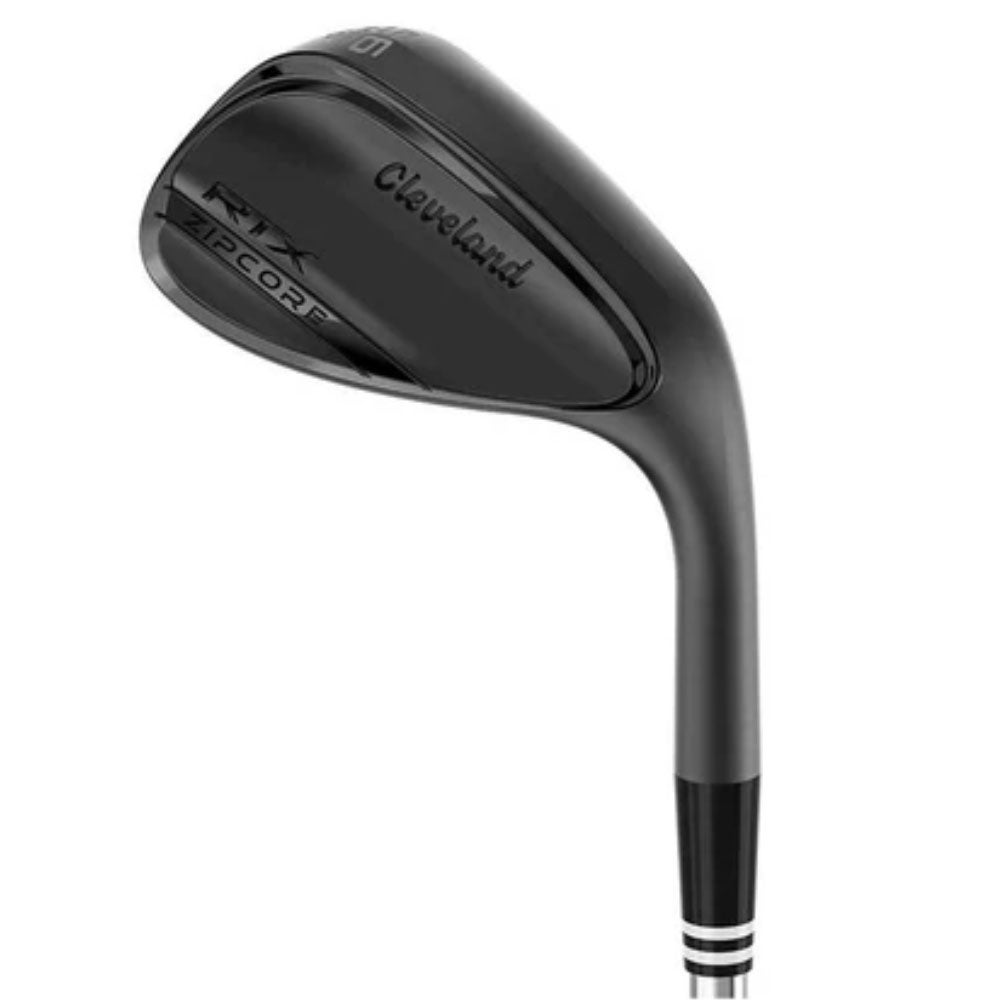
Cleveland RTX ZipCore wedges
Having club-specific loft angles can help you depending on what you’re looking to achieve. You may be prone to laying off your short irons and wedges and blocking shots to the right. In that case, a slightly more upright setup might help you. With drivers, woods and hybrids that have adjustable sleeves, opting for a different lie angle is easy and fast. It doesn’t take much to see and feel a big difference. A degree up or down goes a long way.
Best thing you can do? Check with your local clubfitter and assess your tendencies with each club. If your lie angles require some tweaking, any clubfitter worth his/her salt will help you make a simple adjustment that can reap huge benefits on the course.
Want to overhaul your bag for 2022? Find a fitting location near you at GOLF’s affiliate company True Spec Golf. For more on the latest gear news and information, check out our latest Fully Equipped podcast below.



